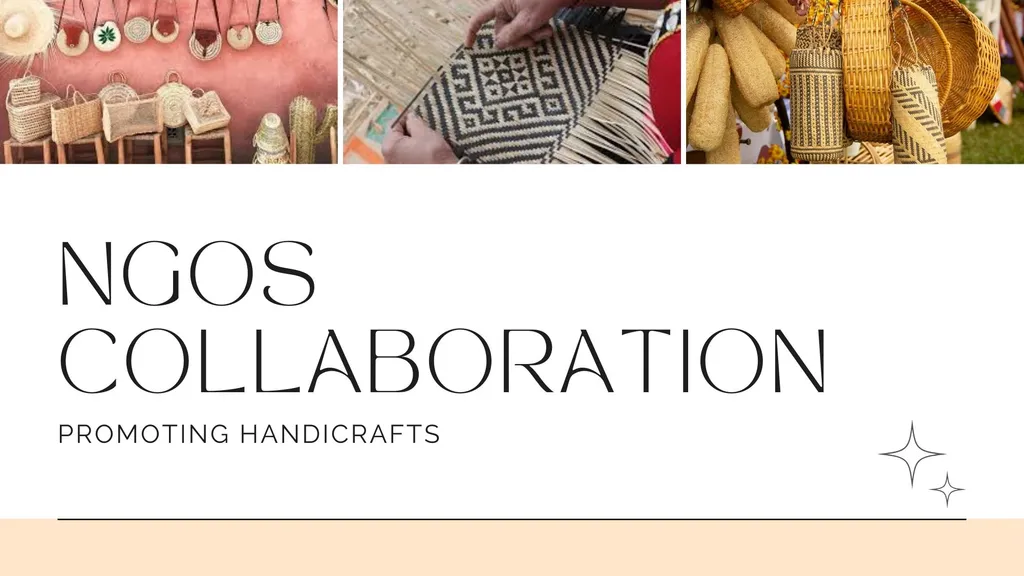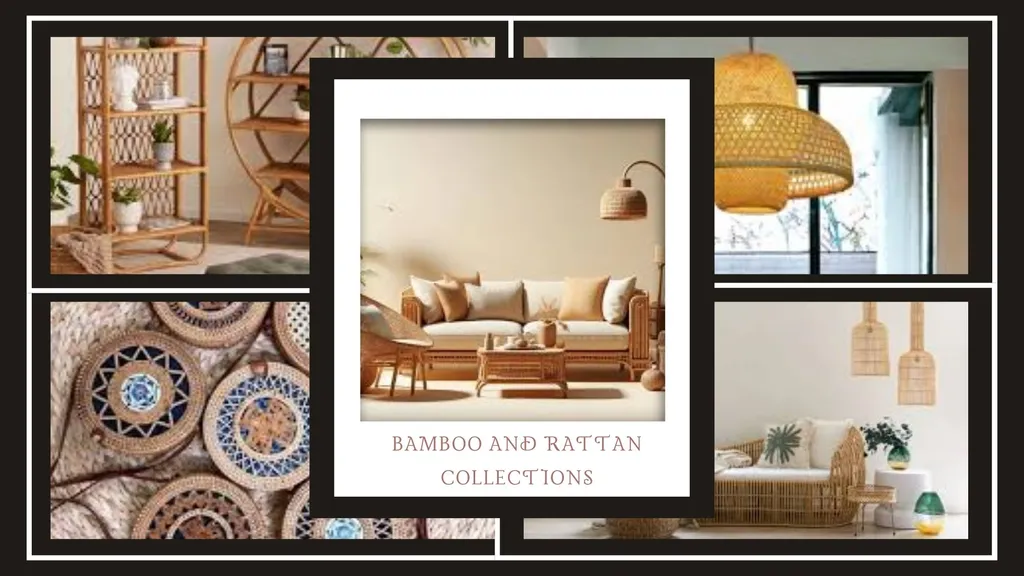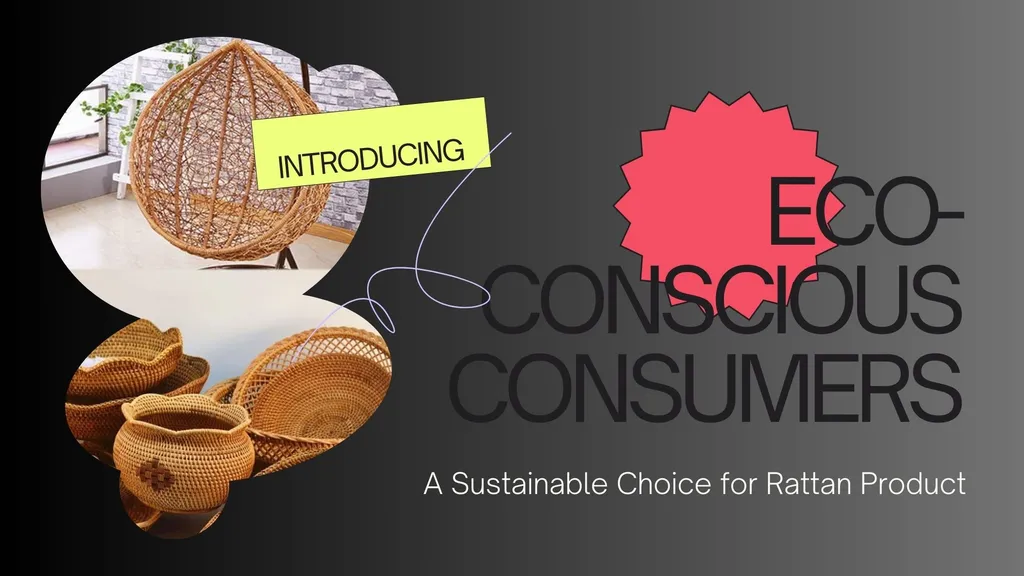Contents

In today’s globalized economy, success in export markets hinges on understanding buyer preferences. For businesses crafting handmade wicker and bamboo products, aligning with the cultural, economic, and social expectations of international clients is essential. This blog explores how to identify and adapt to these preferences to boost market penetration and build lasting customer relationships.
Why Buyer Preferences Matter
Buyer preferences are shaped by a complex mix of cultural norms, economic conditions, and societal trends. Recognizing these factors allows businesses to tailor products and marketing strategies to meet local demands. From cultural sensitivity to economic influences, understanding these nuances is key to thriving in competitive export markets.
The Role of Cultural Understanding
Culture deeply influences consumer behavior. For example, in Asian markets, gift-giving traditions call for elegant, gift-worthy packaging, while Japan’s omotenashi culture demands exceptional service. Colors also carry different meanings—white symbolizes purity in the West but mourning in parts of Asia. Adapting products, like offering milder flavors for Japanese consumers or vibrant designs for Southeast Asian markets, shows respect for local tastes.
Effective communication is equally vital. High-context cultures, like those in East Asia, favor subtle, storytelling-driven marketing, while low-context cultures, such as the U.S., prefer direct messaging. Building trust through local partnerships or community engagement further strengthens market presence.
Analyzing Market Demand Trends
Tracking market demand helps businesses align offerings with consumer needs. Key factors include:
Consumer Priorities: Emerging markets often value affordability, while developed markets seek premium, unique products.
Economic Conditions: Strong economies drive demand for high-end goods, while volatile markets favor budget-friendly options.
Competitive Insights: Studying competitors’ pricing and strategies reveals market gaps and opportunities.
Using data analytics to monitor sales trends, seasonal shifts, and consumer feedback ensures businesses stay agile and responsive to changing demands.
Economic Influences on Preferences
Economic factors like exchange rates, inflation, and consumer confidence shape purchasing power. A strong local currency can make exports pricier, while inflation may push buyers toward essentials. Stable economies encourage spending on premium products, whereas uncertainty calls for value-driven offerings. Monitoring these indicators helps businesses adjust pricing and product strategies to stay competitive.
Buyer Segmentation Strategies
Segmenting buyers by demographics, geography, and psychographics enables precise targeting:
Demographics: Younger consumers prioritize sustainability and innovation, while older buyers value quality and reliability. Income levels dictate preferences for luxury versus affordable goods.
Geography: Urban consumers favor trendy, convenient products, while rural buyers prioritize durability. Climate also matters—lightweight wicker for warm regions or sturdy designs for colder climates.
Psychographics: Eco-conscious buyers seek sustainable materials, while lifestyle-driven consumers value aesthetics that match their values.
Researching Buyer Preferences
Effective research methods provide actionable insights:
Surveys and Social Media: Polls on platforms like Instagram offer real-time feedback, while monitoring hashtags reveals consumer sentiments.
Marketplaces: Analytics from platforms like Etsy or Amazon highlight purchasing patterns and preferences.
Trade Fairs: Engaging buyers at expos provides direct feedback and industry insights.
Competitor Analysis: Studying rivals’ offerings and reviews uncovers market gaps.
Adapting Products for Local Markets
Customizing products ensures relevance. Consider:
Cultural Fit: Adjust designs, colors, or packaging to align with local traditions.
Regulatory Compliance: Meet safety and labeling standards for each market.
Functionality: Tailor products to suit local climates or lifestyles, like durable outdoor furniture for tropical regions.
Sustainable Packaging: Use eco-friendly materials to appeal to environmentally conscious buyers.
Pricing strategies should reflect local economic conditions, balancing affordability with perceived value. Penetration pricing can attract new customers, while value-based pricing suits premium offerings.
Emerging Trends Shaping Preferences
Sustainability: Consumers demand eco-friendly products and transparent sourcing. Bamboo and wicker, being renewable, resonate with this trend.
Digital Shopping: Post-pandemic, e-commerce dominates, requiring strong online presence and seamless user experiences.
Health and Wellness: Buyers prioritize safe, non-toxic materials in home goods.
Ethical Practices: Fair trade and ethical production build trust and loyalty.
Understanding buyer preferences is the cornerstone of export success. By embracing cultural insights, analyzing market trends, and adapting products thoughtfully, businesses can forge strong connections with international clients. At Ethical Handicraft Manufacturer (EHM), we craft sustainable wicker and bamboo products designed to meet the diverse needs of global markets, blending tradition with modern consumer values.





